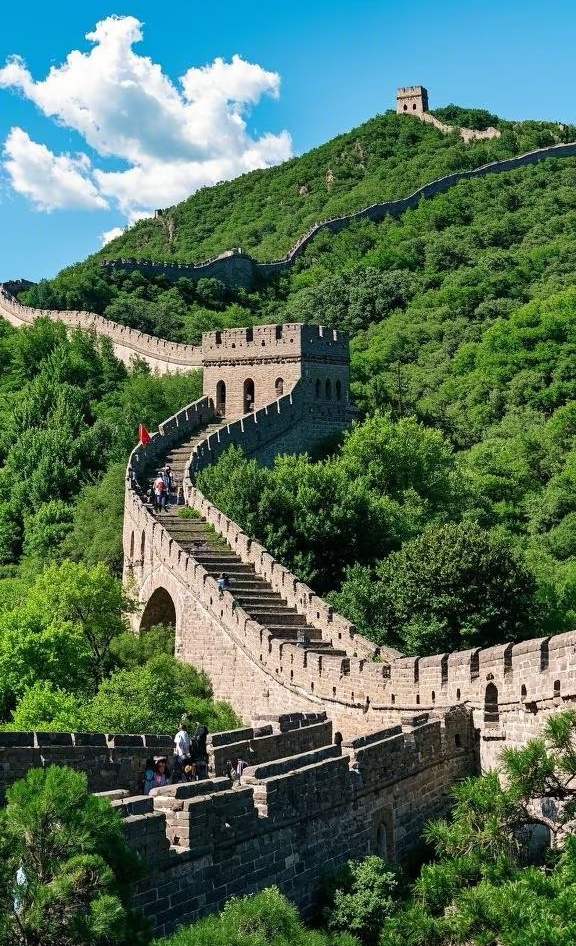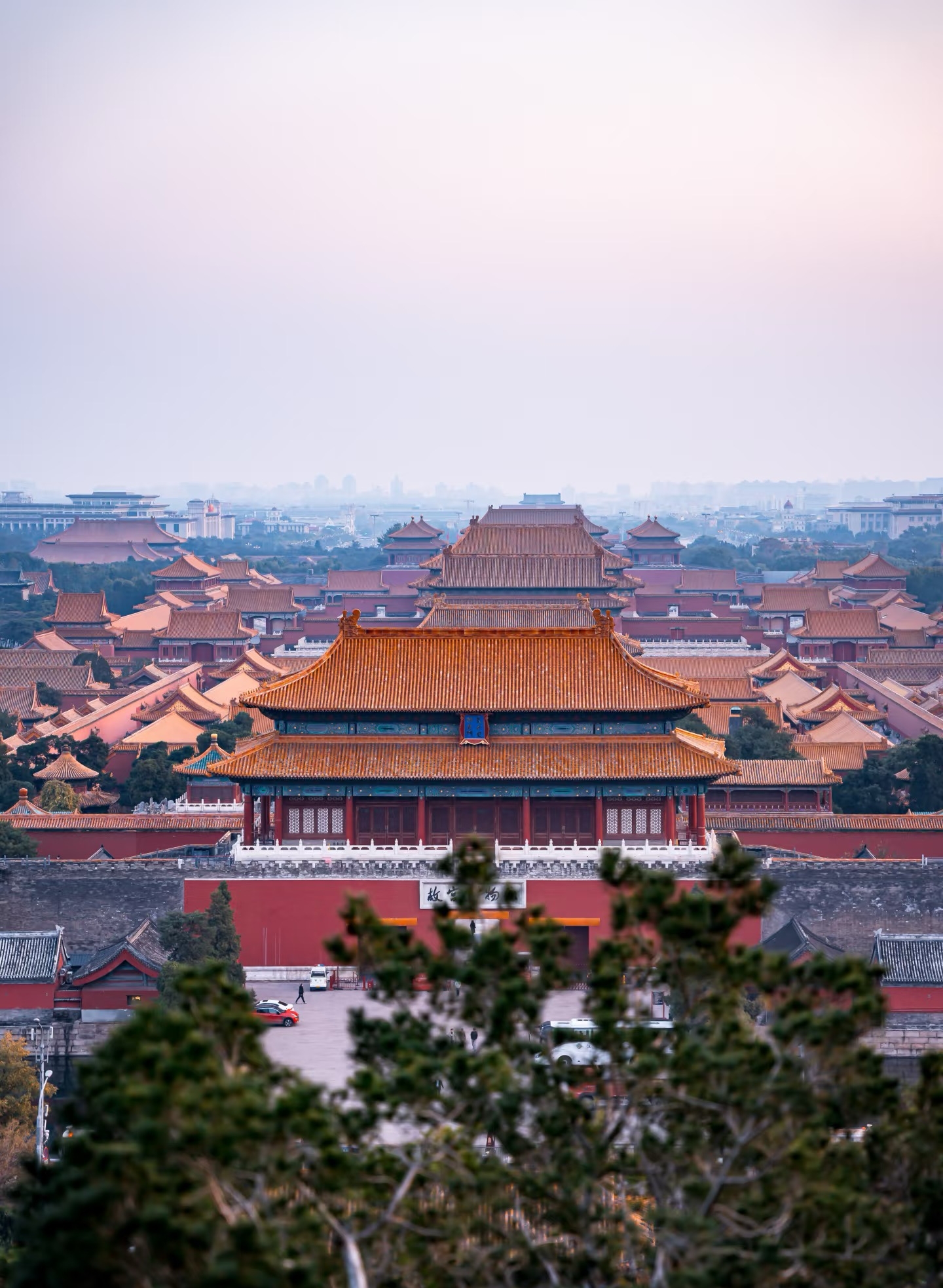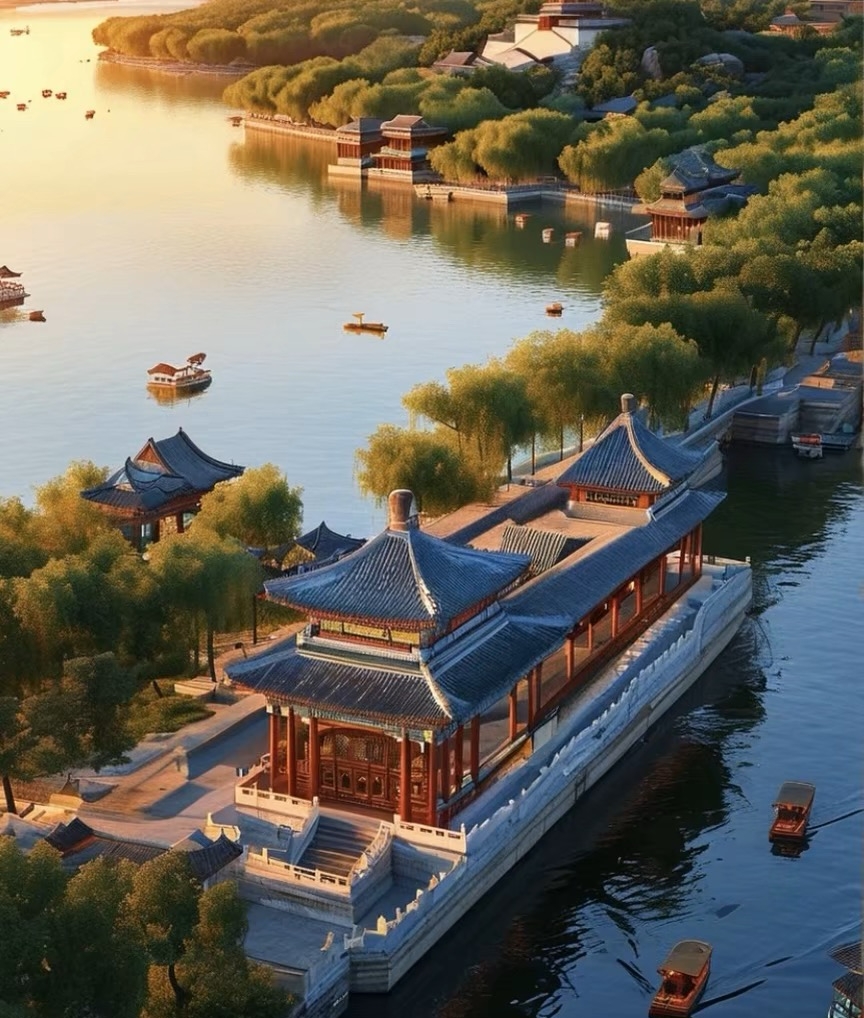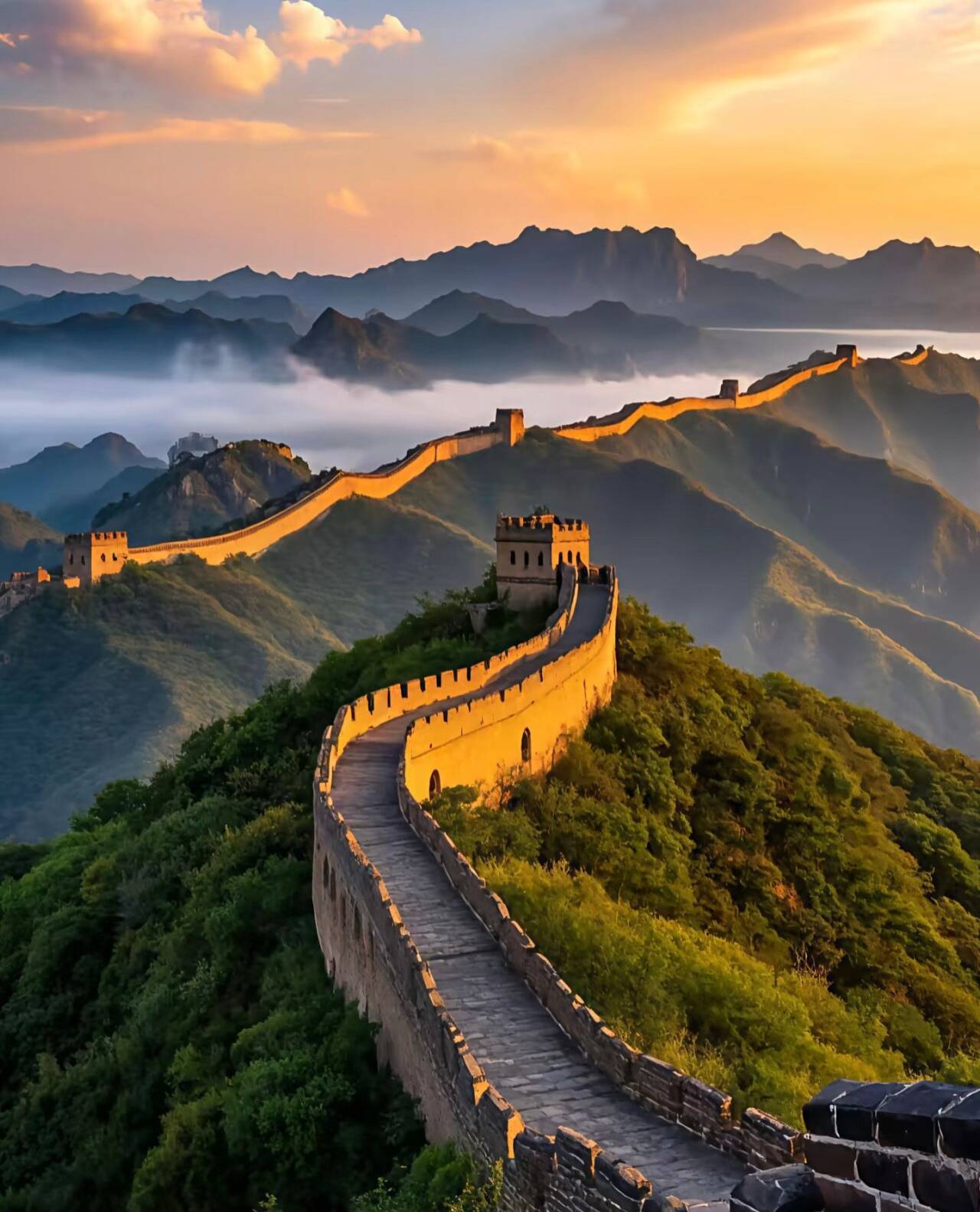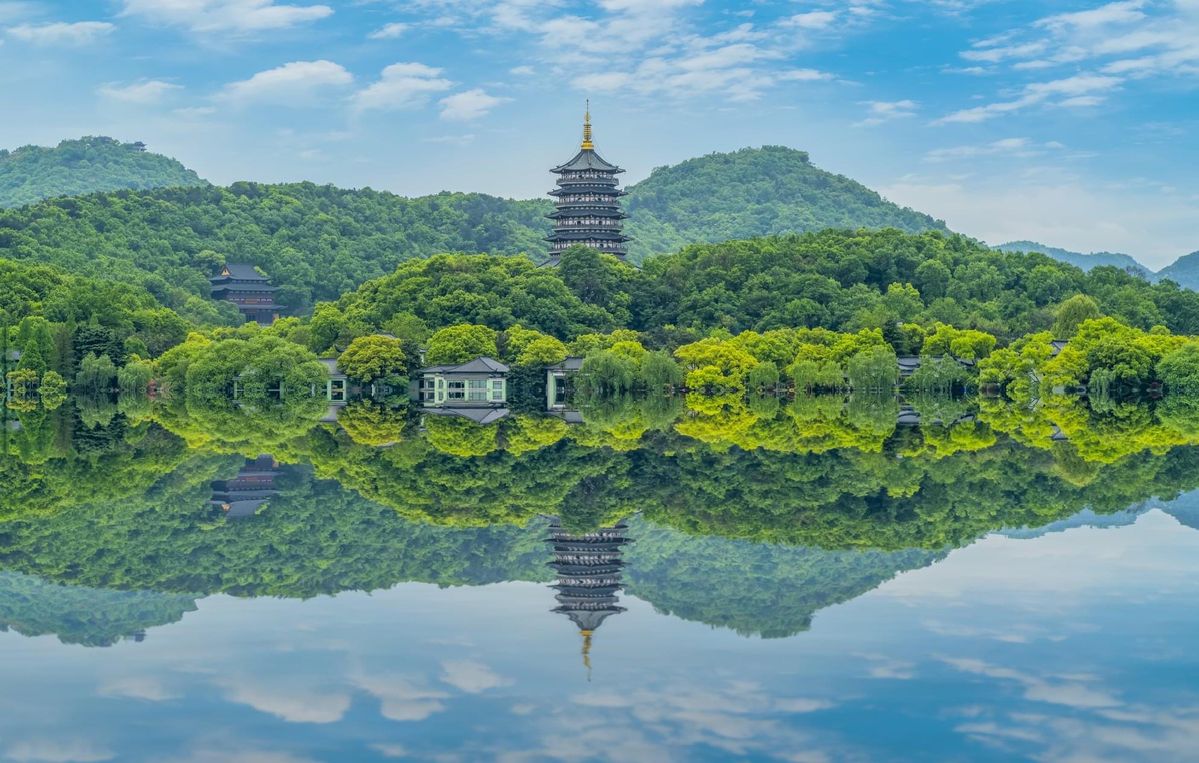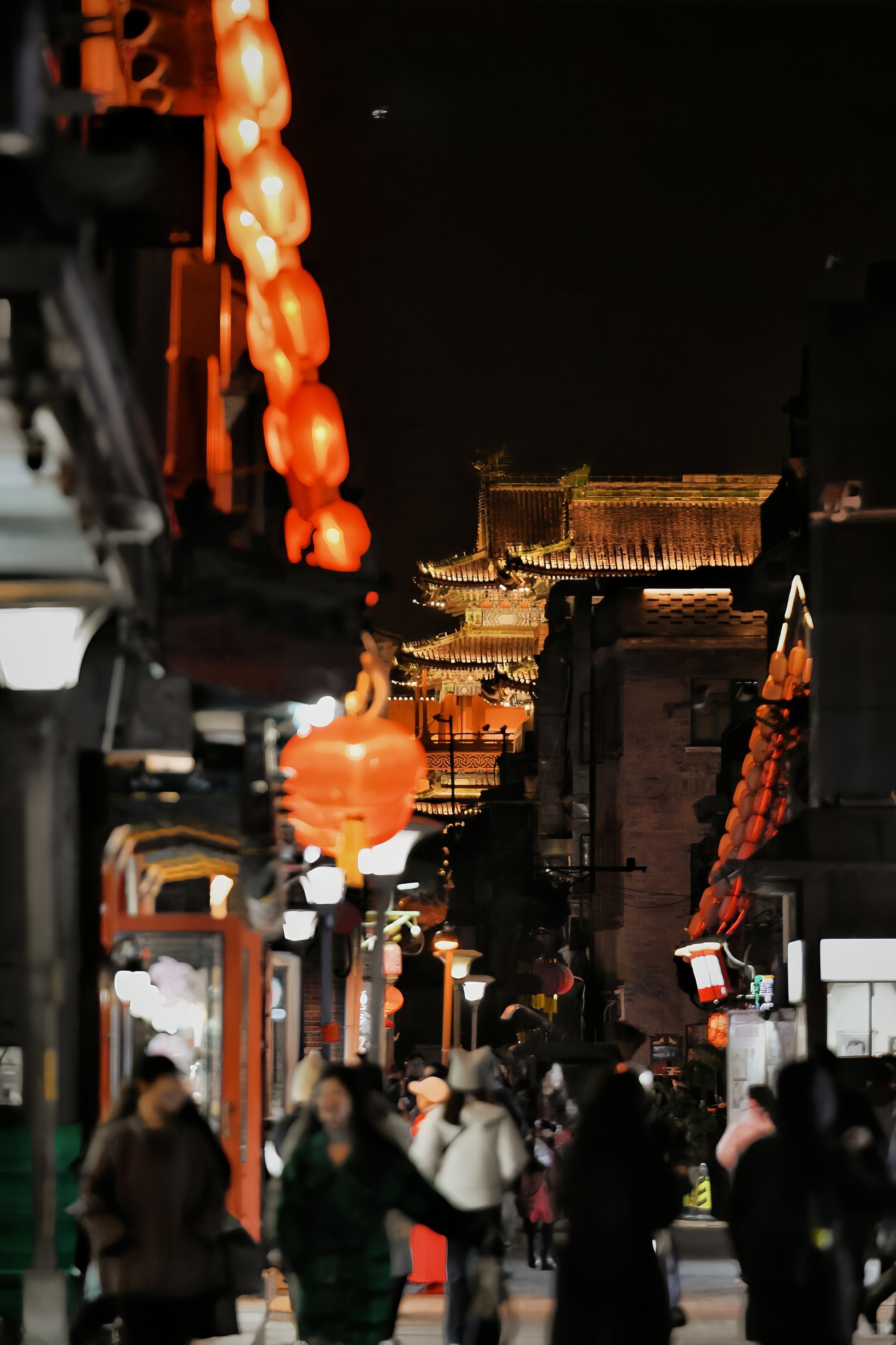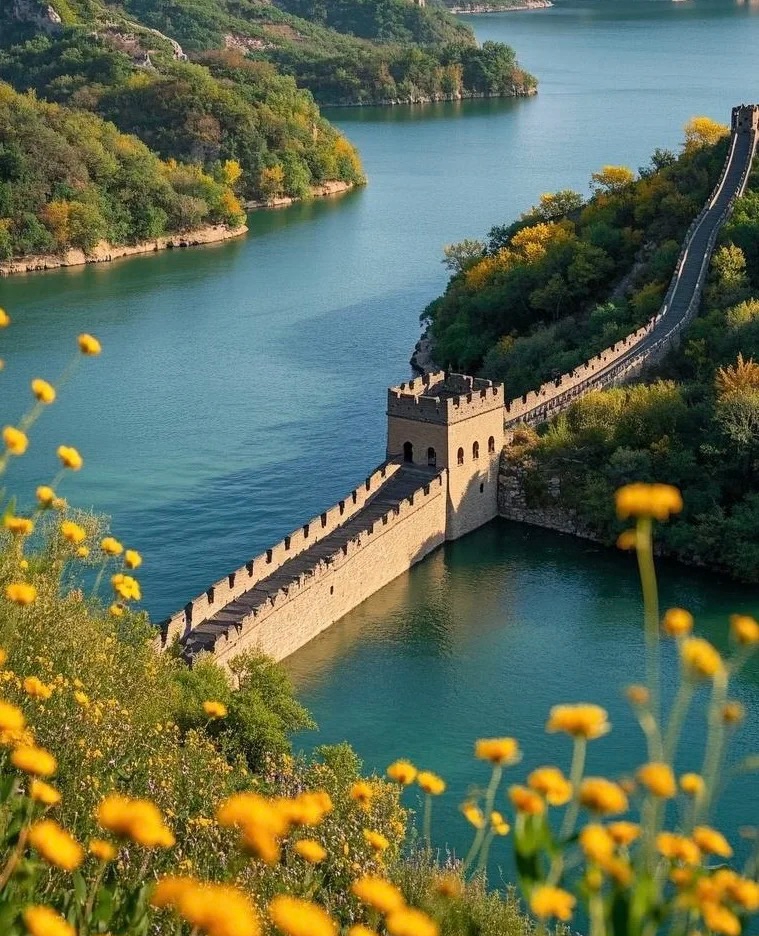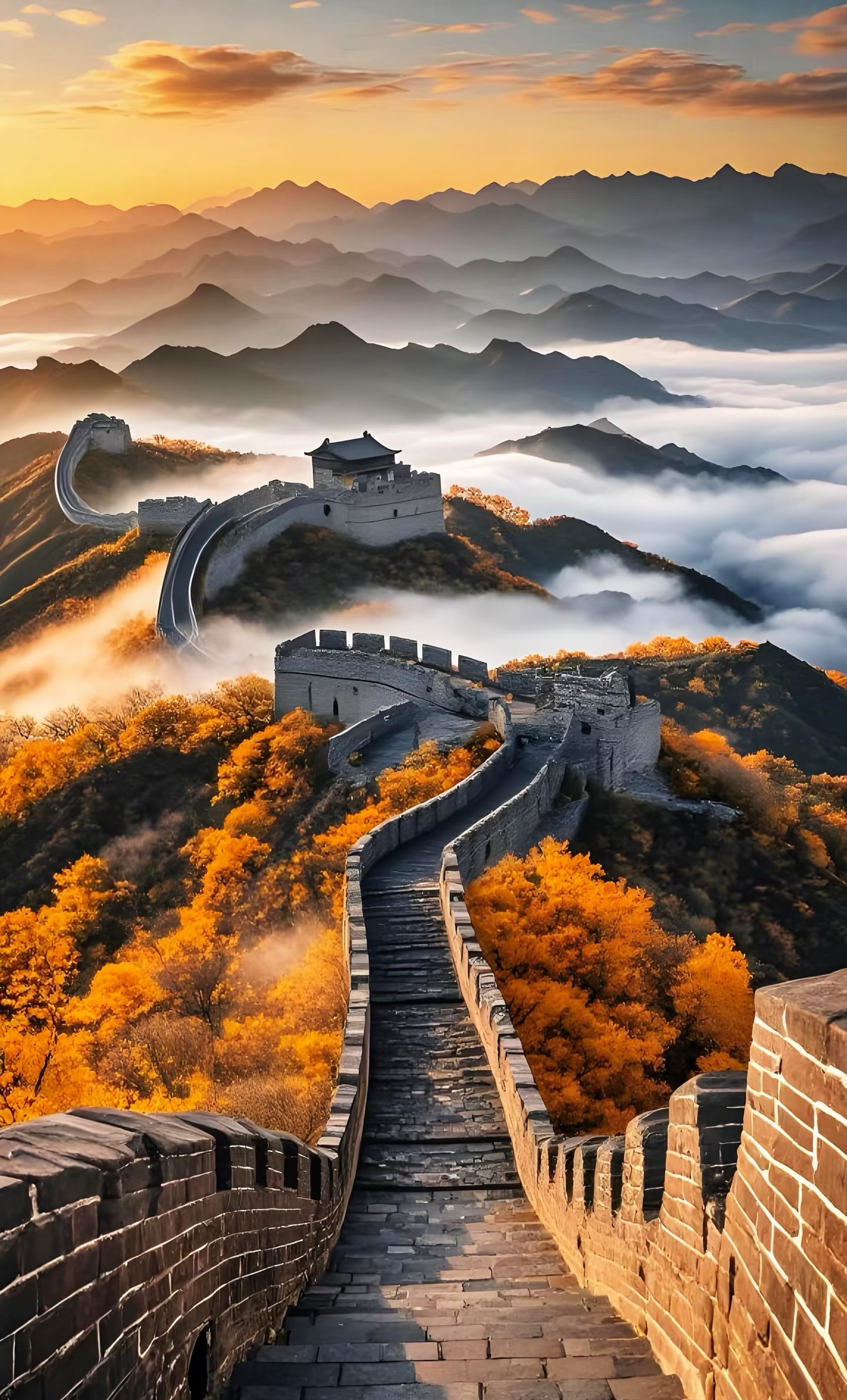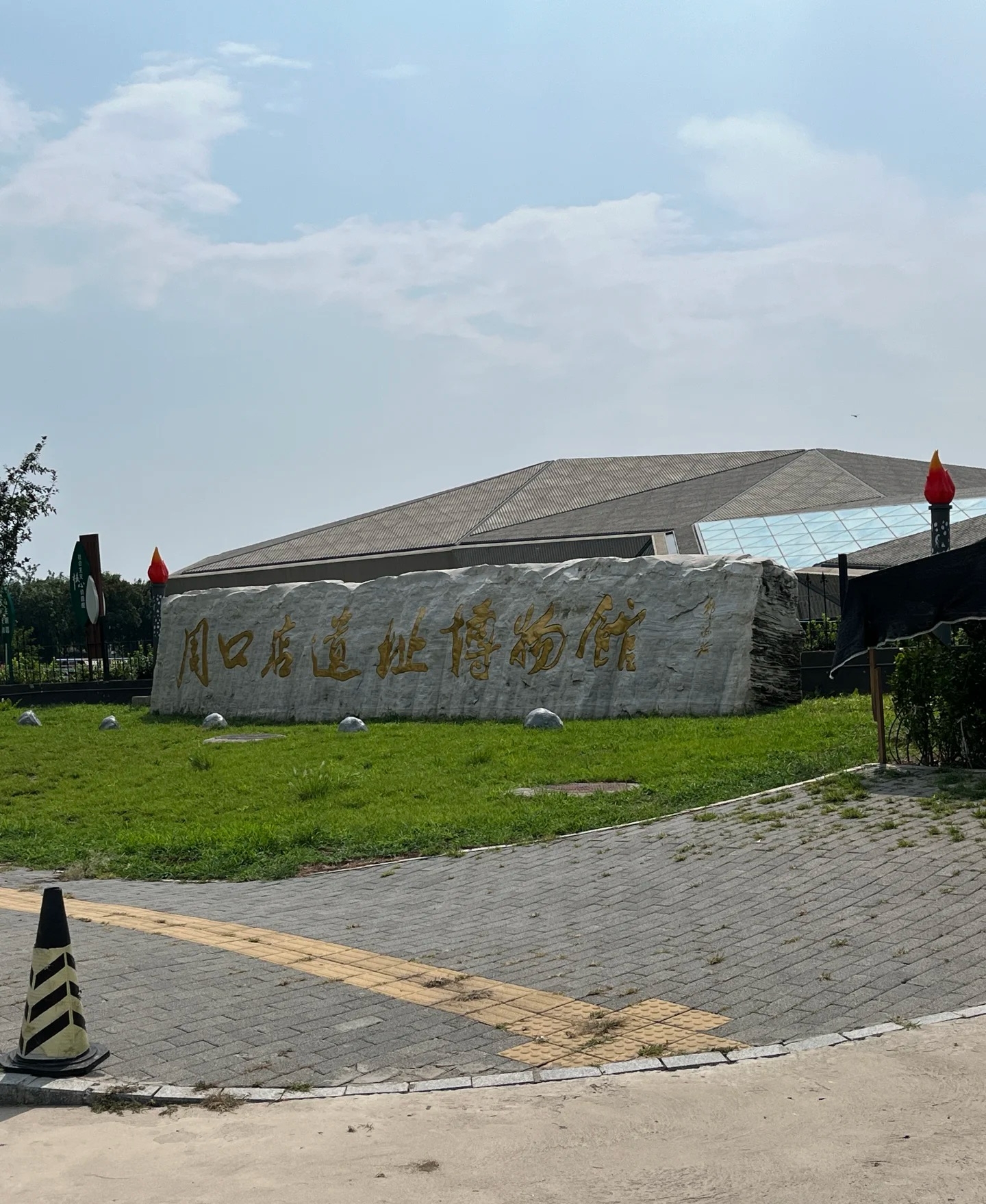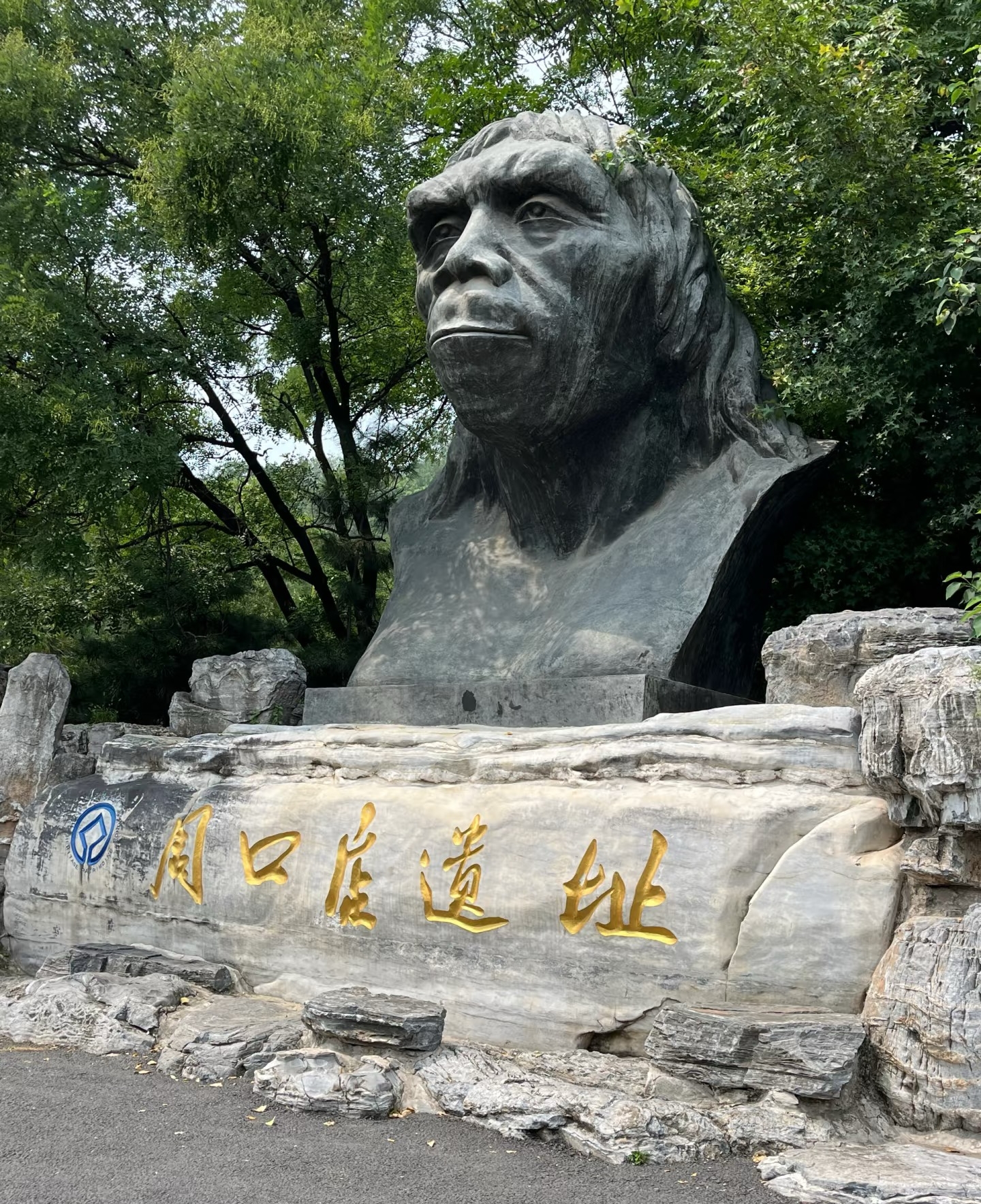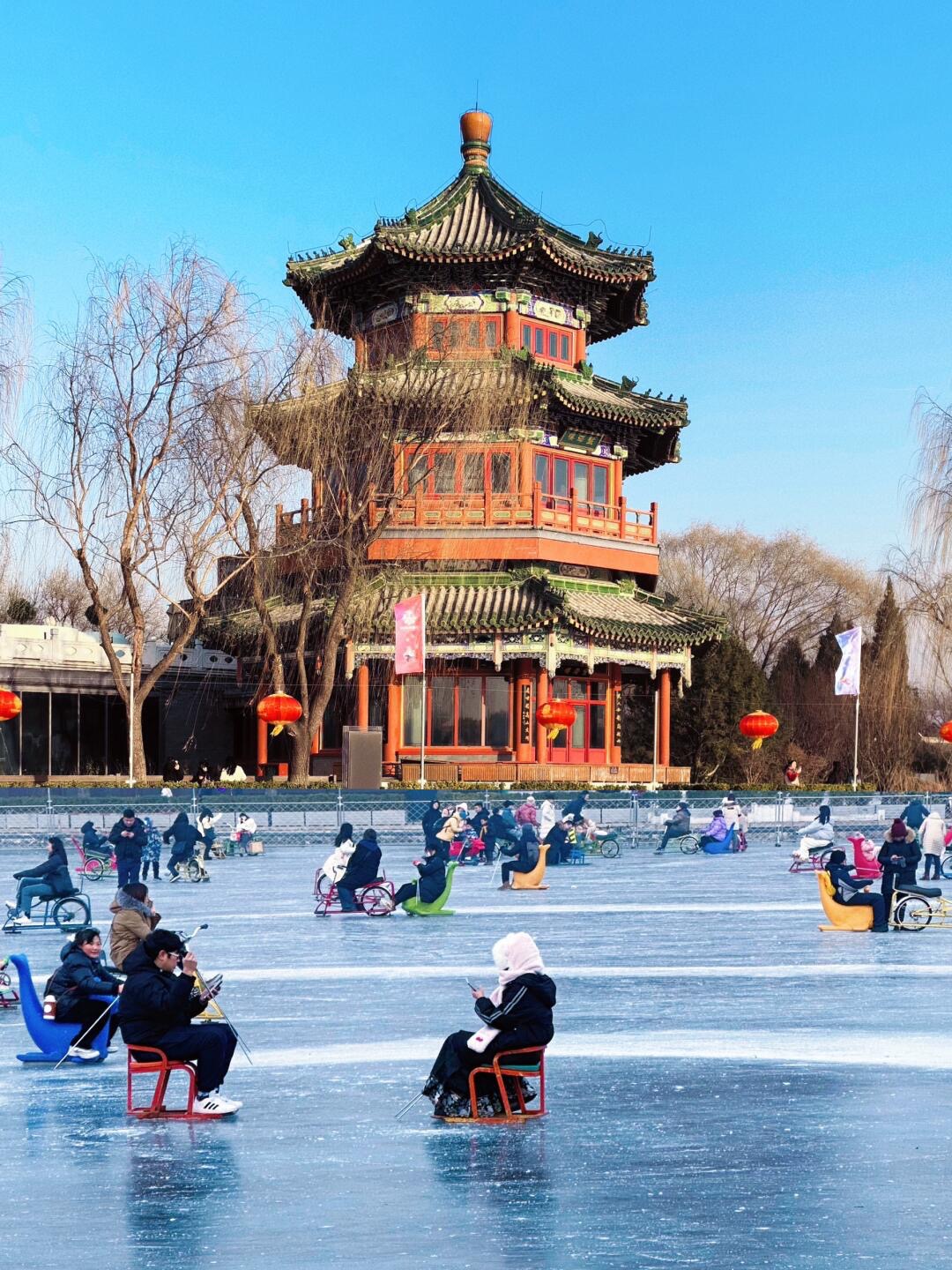


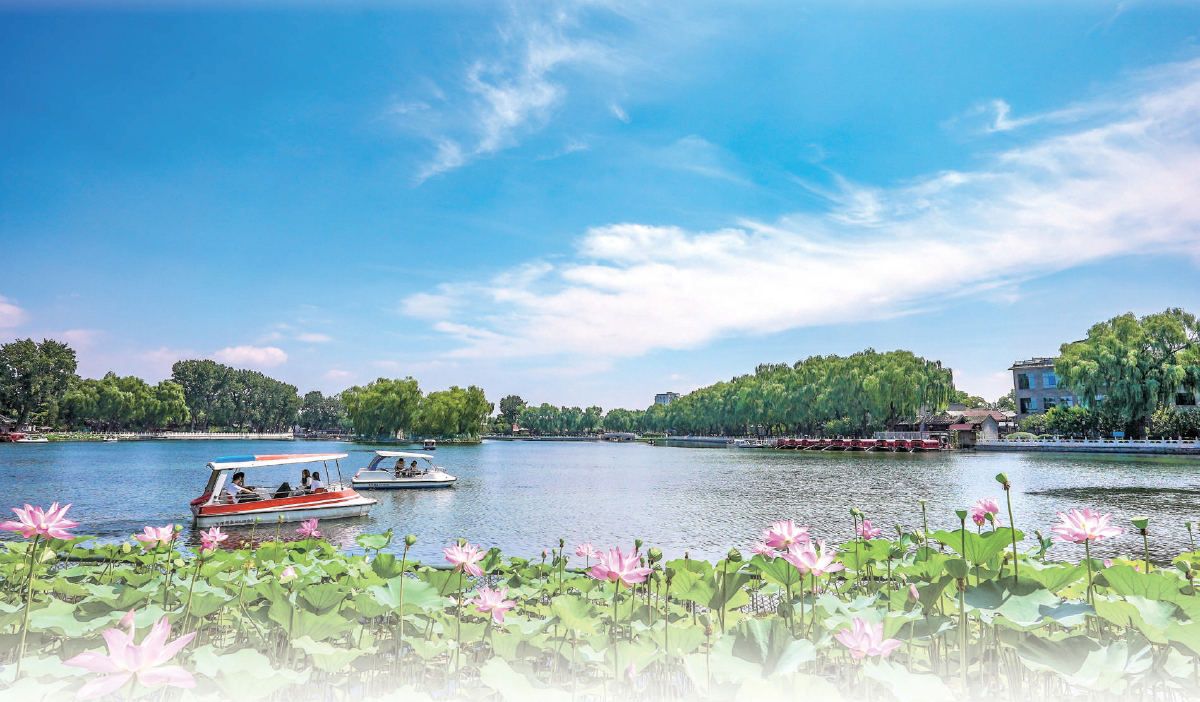
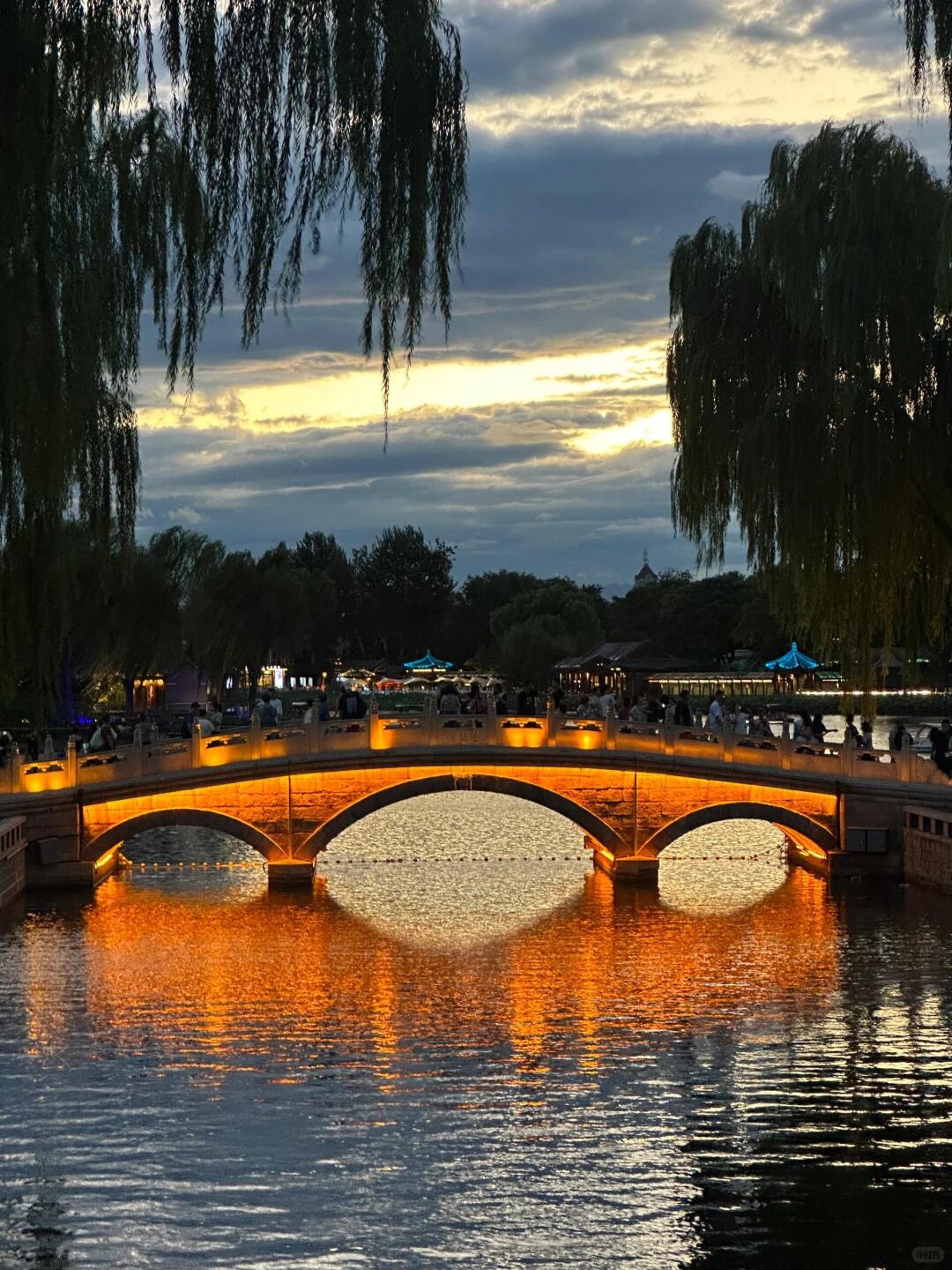
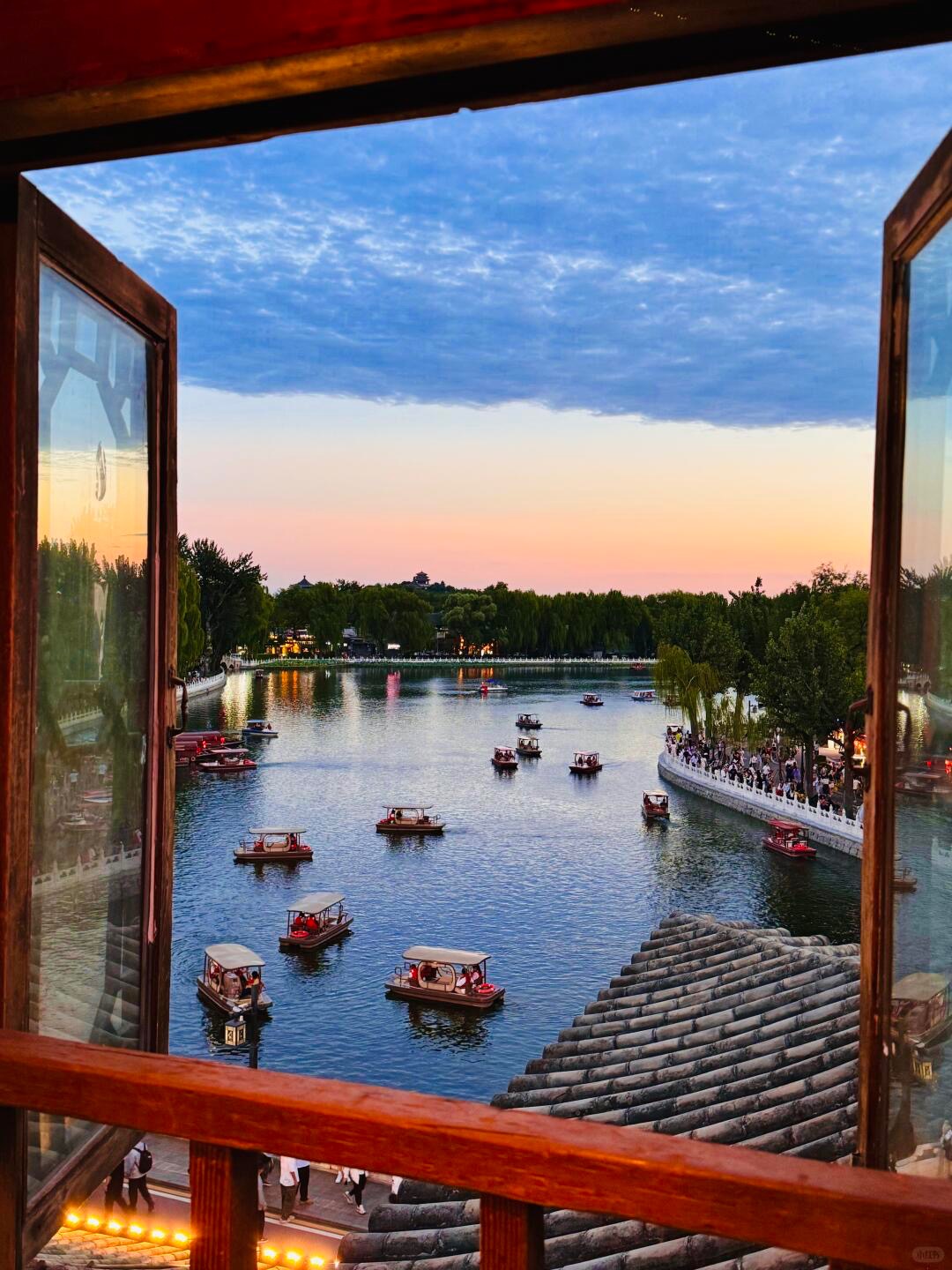
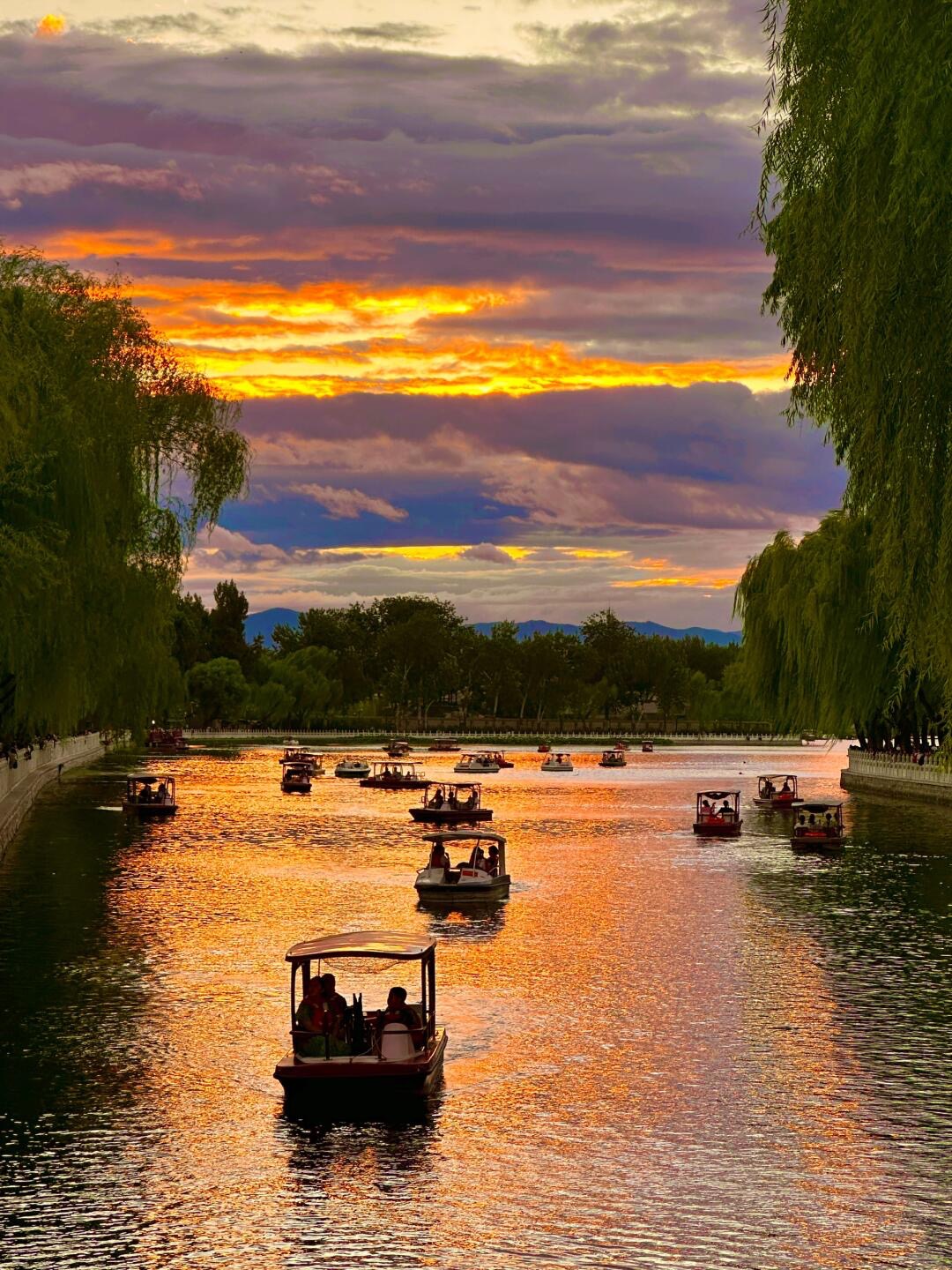
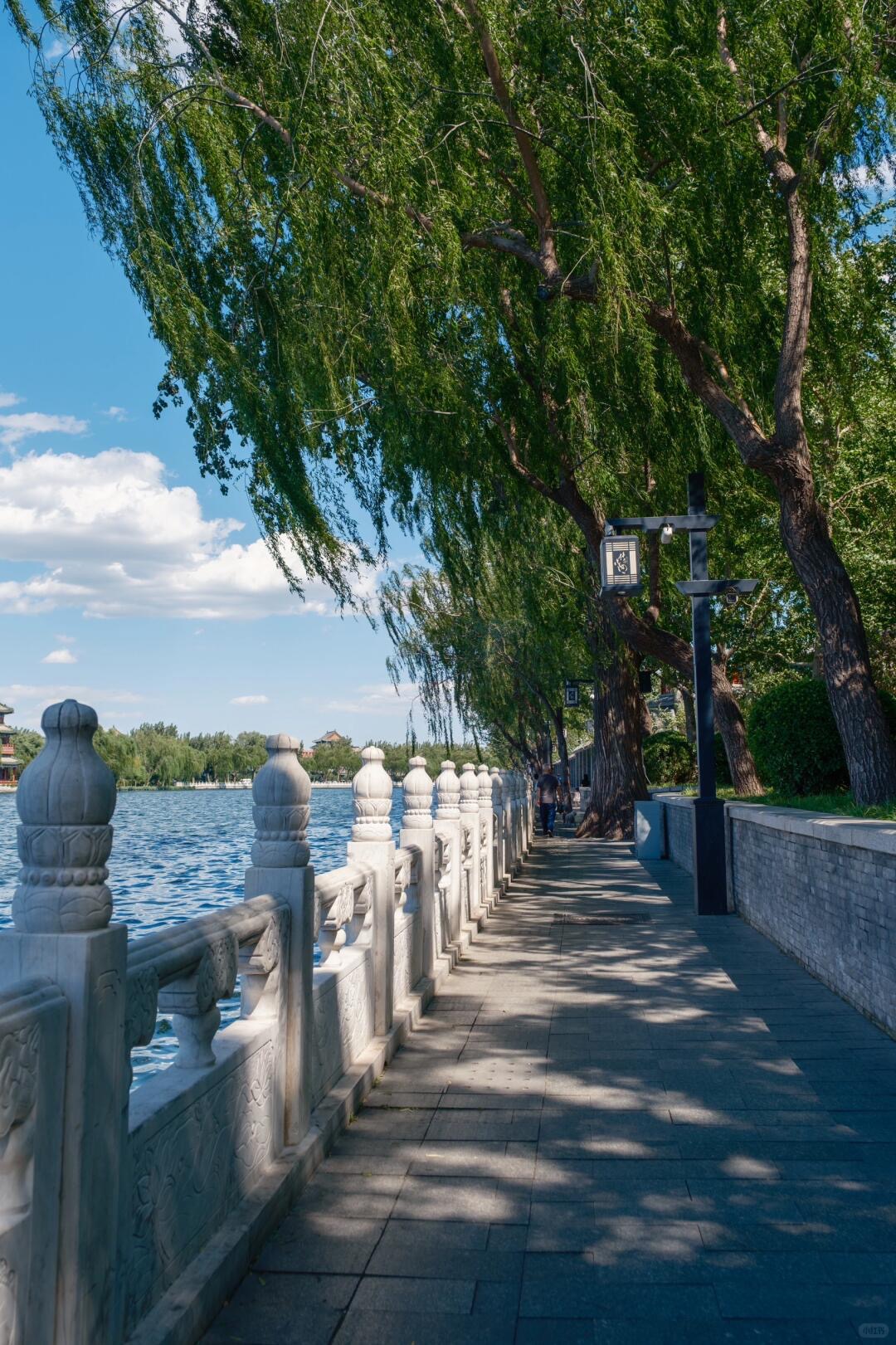

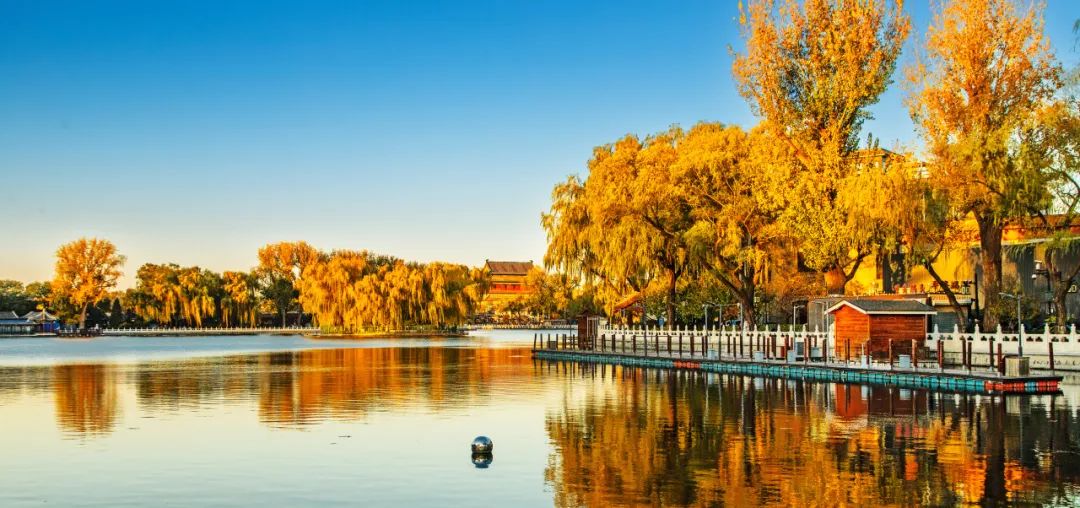
Shichahai
A historical area in Beijing with a collection of temples, hutongs, and former residences of officials.
Information
Ticket price
Time
Location
Shichahai, Xicheng District, Beijing, China
View maps
More about the trip
Shichahai: Beijing's Historic Waterways and Hutongs
Shichahai is a picturesque historic area in central Beijing, comprising three lakes (Qianhai, Houhai, and Xihai) and surrounded by well-preserved hutongs, traditional courtyard homes, and historical sites. It offers a charming blend of ancient Beijing charm and modern leisure, making it a popular spot for both locals and tourists.
What to See and Do
Boat Ride on the Lakes: In warmer months, rent a rowboat or pedal boat to leisurely explore the interconnected lakes. In winter, the frozen lakes become popular ice skating rinks.
Explore the Hutongs: Wander through the narrow alleyways surrounding the lakes. Many hutongs here are home to former residences of famous historical figures, traditional teahouses, and quaint shops. You can also take a rickshaw tour for a guided experience.
Prince Gong's Mansion (Gongwangfu): A grand imperial residence from the Qing Dynasty, featuring exquisite gardens, traditional architecture, and a rich history. It's one of the best-preserved princely mansions in Beijing.
Bell and Drum Towers: Located just east of Shichahai, these ancient towers once served as the city's timekeepers and offer panoramic views of the hutong area.
Nightlife and Dining: The Houhai area, in particular, comes alive at night with numerous bars, restaurants, and cafes, many offering live music and lakeside views.
Silver Ingot Bridge (Yinding Bridge): A famous bridge connecting Qianhai and Houhai, offering a classic view of the Bell and Drum Towers in the distance.
Best Time to Visit
Spring and autumn offer the most pleasant weather for exploring. Summer evenings are lively, and winter provides opportunities for ice skating. Early mornings are ideal for a peaceful stroll and observing locals practicing tai chi.
How to Get There
Take Metro Line 8 to Shichahai Station (Exit A2 or C) or Metro Line 6 to Beihai North Station (Exit B) and walk a short distance.
Travel Tips
Wear comfortable shoes: You'll be doing a lot of walking and exploring.
Bicycle rental: Renting a bicycle is a popular way to explore the Shichahai area and its surrounding hutongs.
Bargain at shops: If you're buying souvenirs in the hutongs, be prepared to bargain.

